Research Paper: Acheampong, R. A., & Asabere, S. B. (2022). Urban expansion and differential accessibility by car and public transport in the Greater Kumasi city-region, Ghana—A geospatial modelling approach. Journal of Transport Geography, 98, 103257.
What this paper is about
- There is a growing recognition of the worsening problems of accessibility in Africa’s major urban centres and cityregions. Yet, research assessing differential accessibility in these contexts is limited, partly because of the lack ofpopulation and land-use data at granular spatial resolutions. In this paper, the authors contribute to addressing the existing challenges by presenting a geospatial modelling approach that combines historical urban physical development data and relevant transport infrastructure data.
What you can learn
-
This paper, we have combined travel time data from Openrouteservice API services and Google Maps; historical urban physical development data extracted from Landsat satellite images; and other transport infrastructure data to present placed-based accessibility analysis for the Greater Kumasi city-region in Ghana.
- In the absence of high-resolution, disaggregate population data, the paper focused on the city-region’s built-up area and ultimately quantified the relationship between accessibility and urban physical development, as well as overall differential accessibility by car and public transport at a 100 m 2 spatial resolution.
-
The levels of accessibility of urban opportunities co-evolve with urban spatial structure, and the latter interplays with factors such as socio-economic characteristics of individuals and households, physical transport infrastructure links, as well as available mobility options to determine the ease of reachability to valued destinations.
- As the walking time analysis presented in this paper shows, the historical-core area is the most accessible to the CBD.
- Most importantly, the paper demonstrates the utility of the approach in revealing the prevailing accessibility deficits in the study area in terms of first-and-last-mile access to public transport, as well as the overall travel time differences between the car and public transport.
- Conclusion: The overall accessibility is poor regardless of mode choice, due to congestion. The findings underscore the need for integrative urban development and accessibility planning in the city-region for equitable transport and mobility outcomes
Read more about other PUBLIC TRANSPORT ARTICLEs
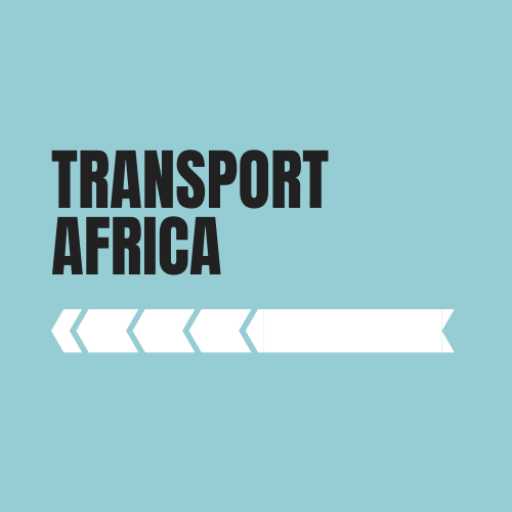
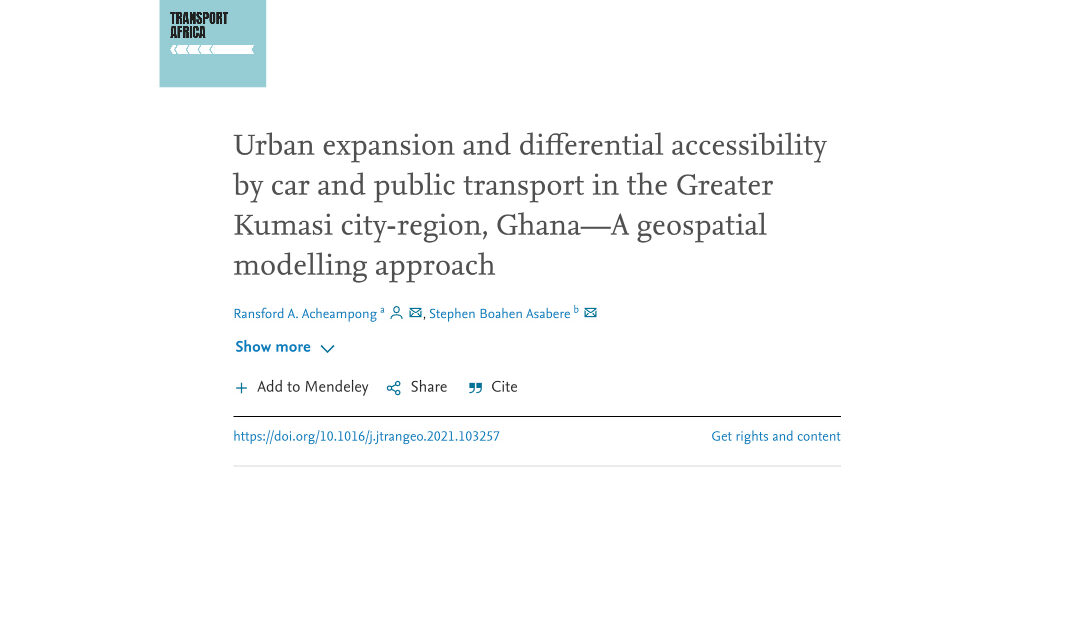
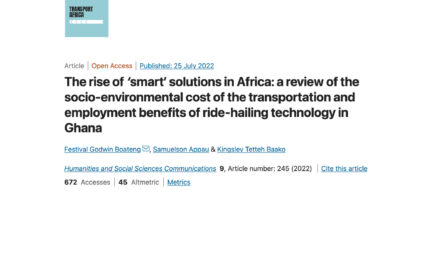
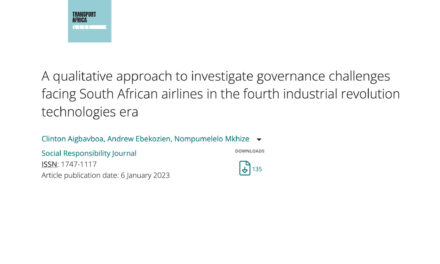
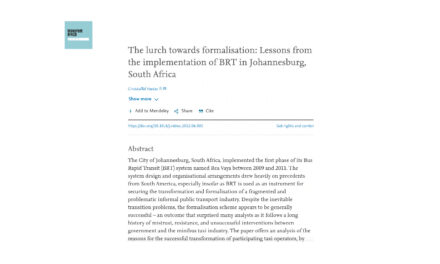
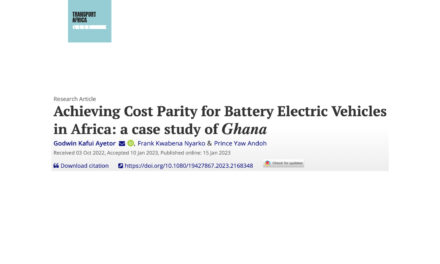
Thanks for another fantastic article. Where else may anyone get that type of information in such a perfect manner of…